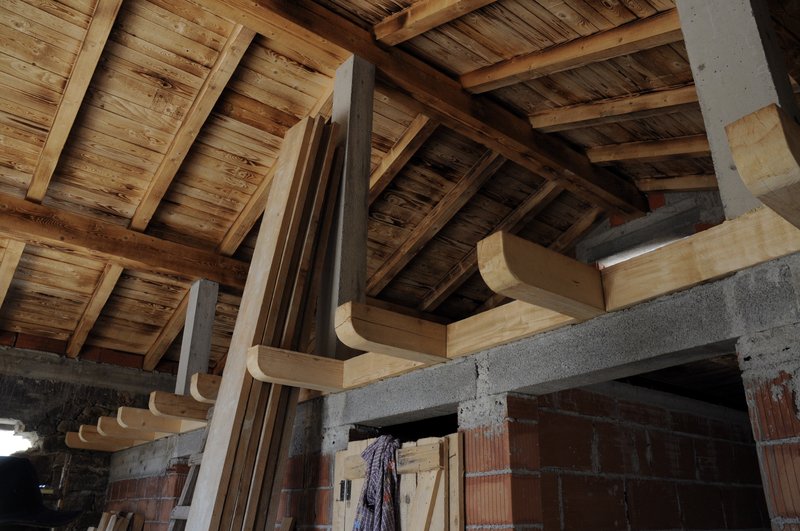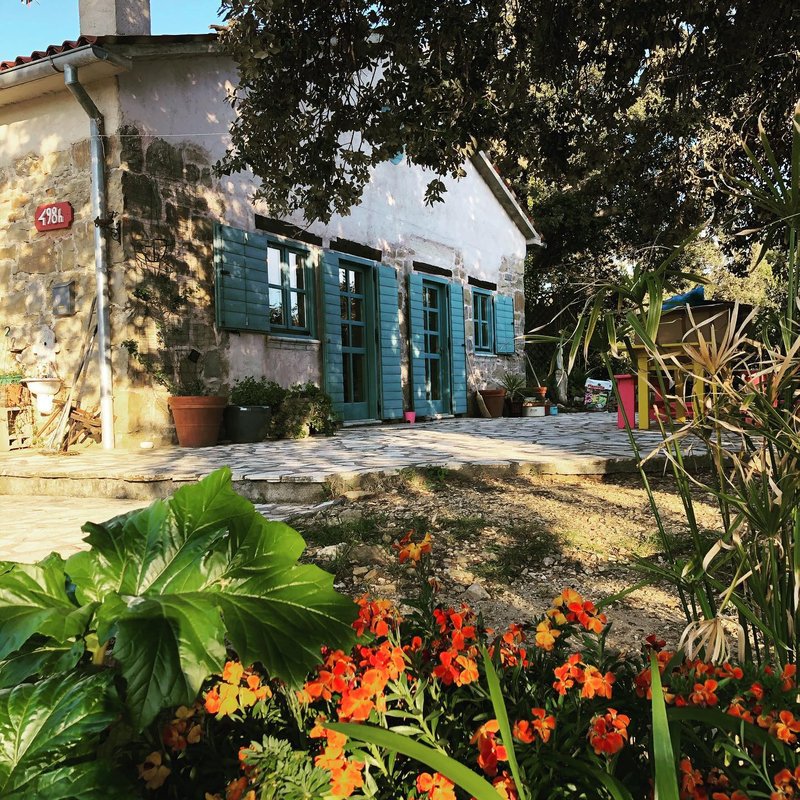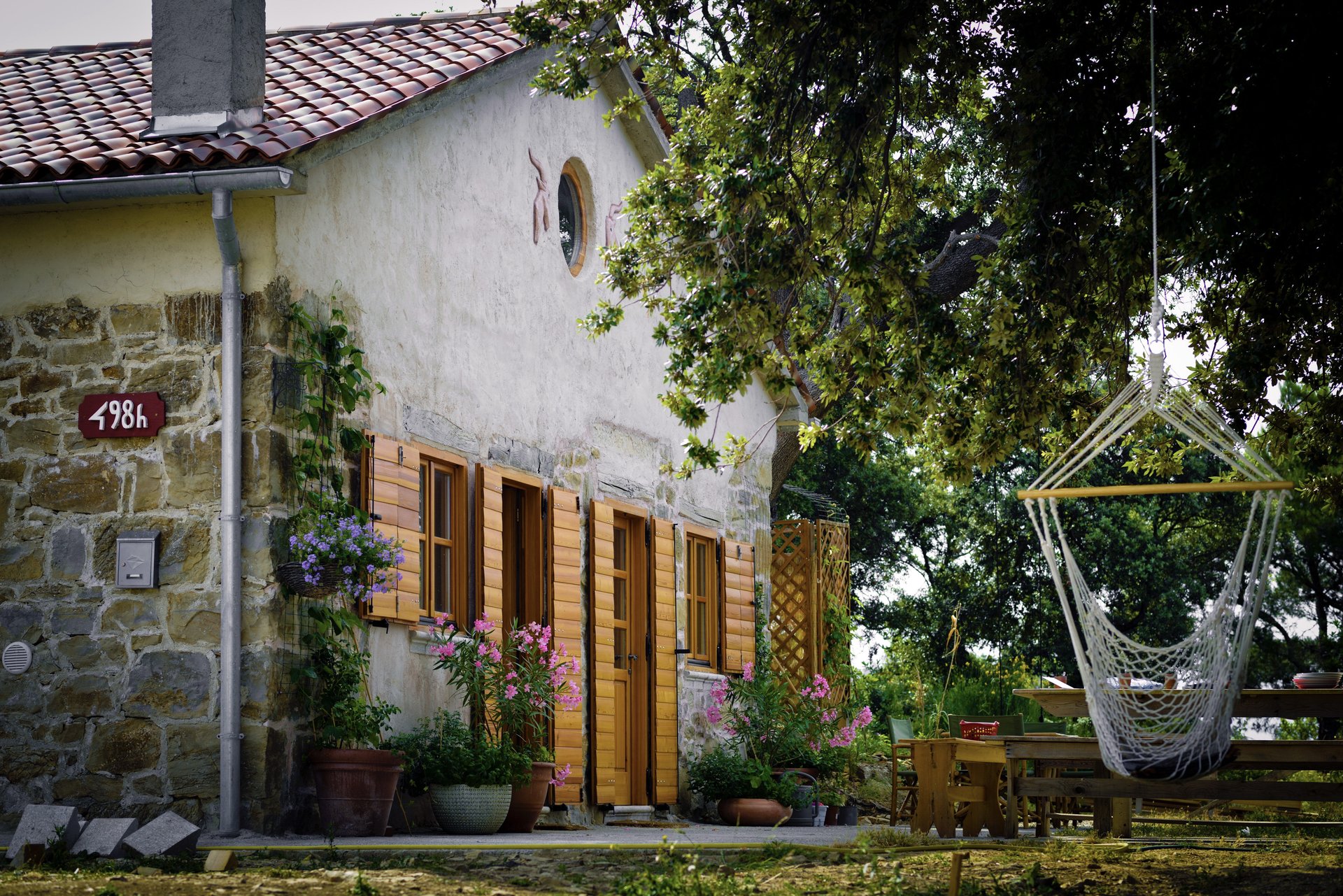
Great-grandfather Stipe started building it together with his brother just before the Great War. The stones were transported from higher up the mountain on donkey carts and each stone was masterfully shaped with simple tools like a chisel and a mallet. Unfortunately, in peacetime, the brothers could no longer get along. Of course, people would slanderously gossip that it was their wives who were the real culprits - egging their husbands on to take what was rightfully theirs.
After the old mother died, Stipe and Mile sued each other for the inheritance of the land. As a result, the house was never finished. Four stone walls surrounded by a forest of holm oaks stood as a reminder of the legal feuds so common on an Adriatic island where rural dwellers had risen from humble serfdom to wealthy property owners in prime locations about to experience a tourist boom.
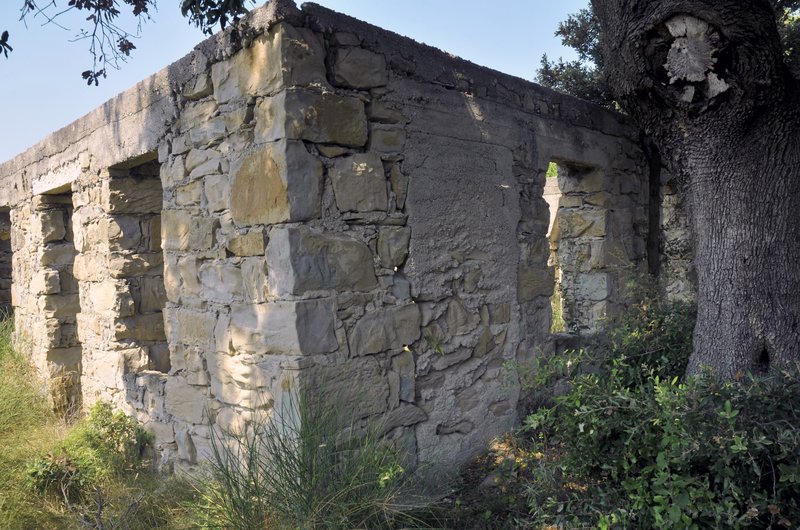
Almost a century later, we are faced with a rare opportunity. The legal shenanigans of great-grandfather (read about him here) and his brother had conveniently led to the four stone walls being documented as a house under construction, and so it was entered in the land register as such. The law in Croatia states that a house registered before February 1968 is a legal property. No further paperwork is required.
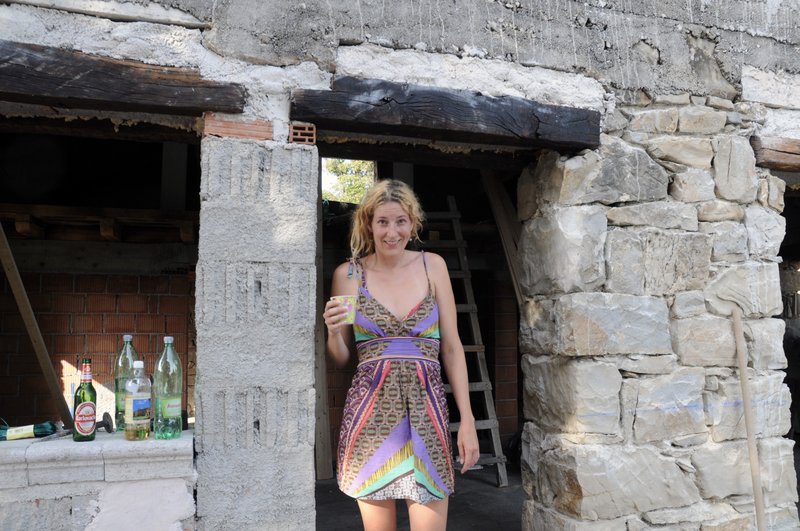
And it was above all this exemption, a unique gift of pure freedom to go ahead and do the job, that made us finish the work of the previous generations. And now it is our home.
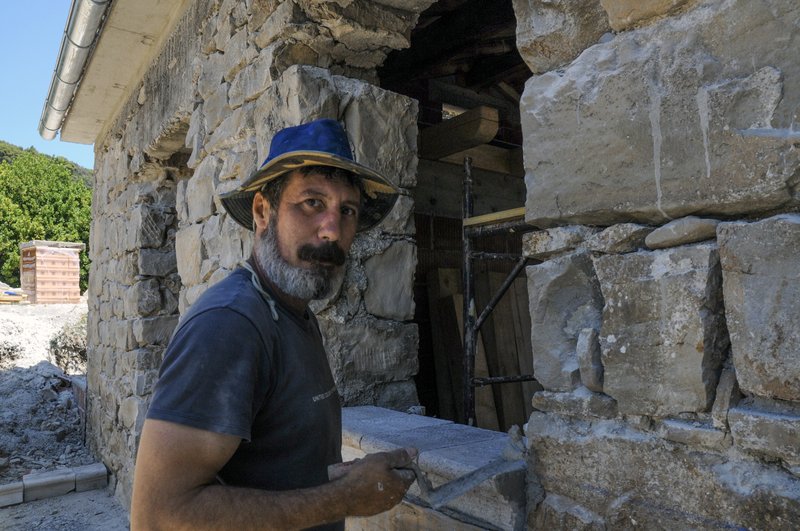
Nothing of this would have been possible without the skilled hands of Đani Brečević from whom we learned so much. May you rest in peace, dear cousin, you are forever with us in these walls.
